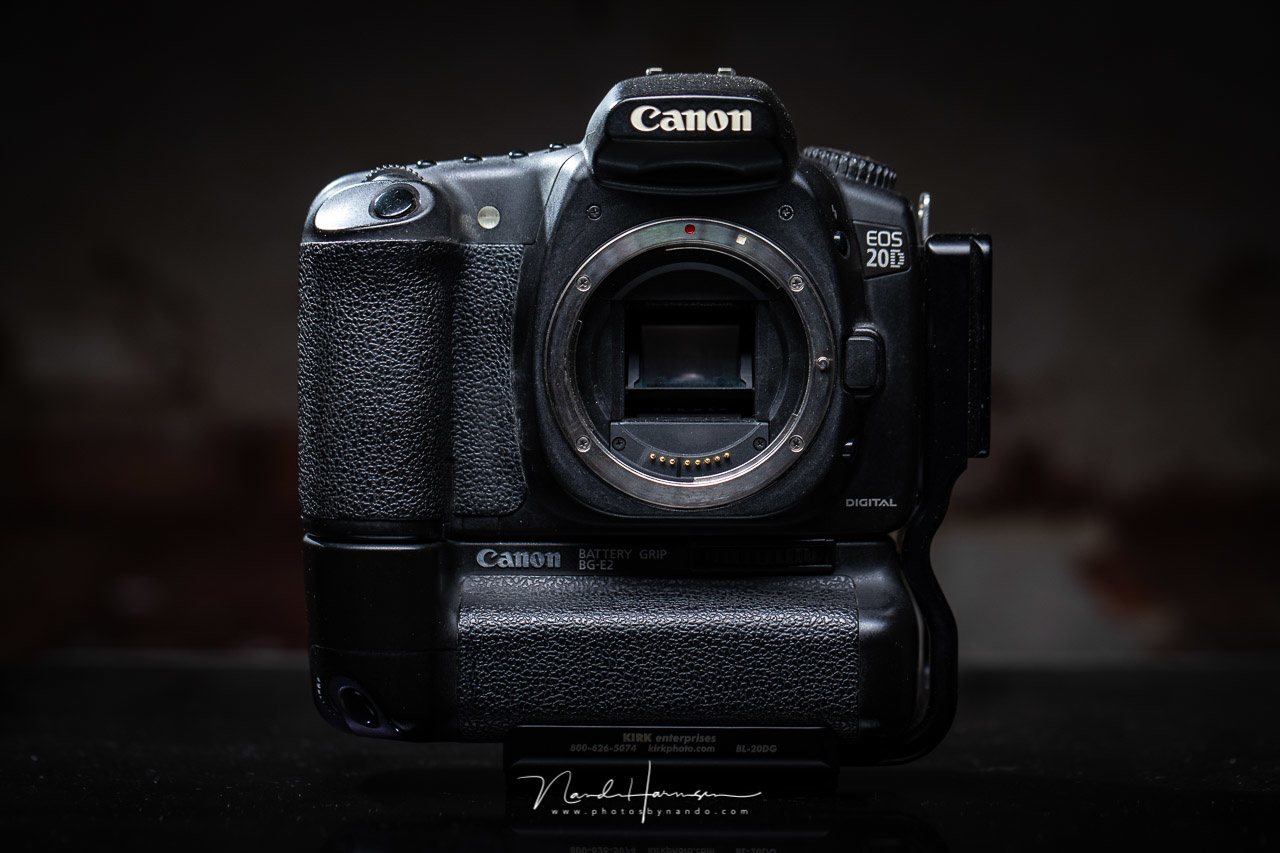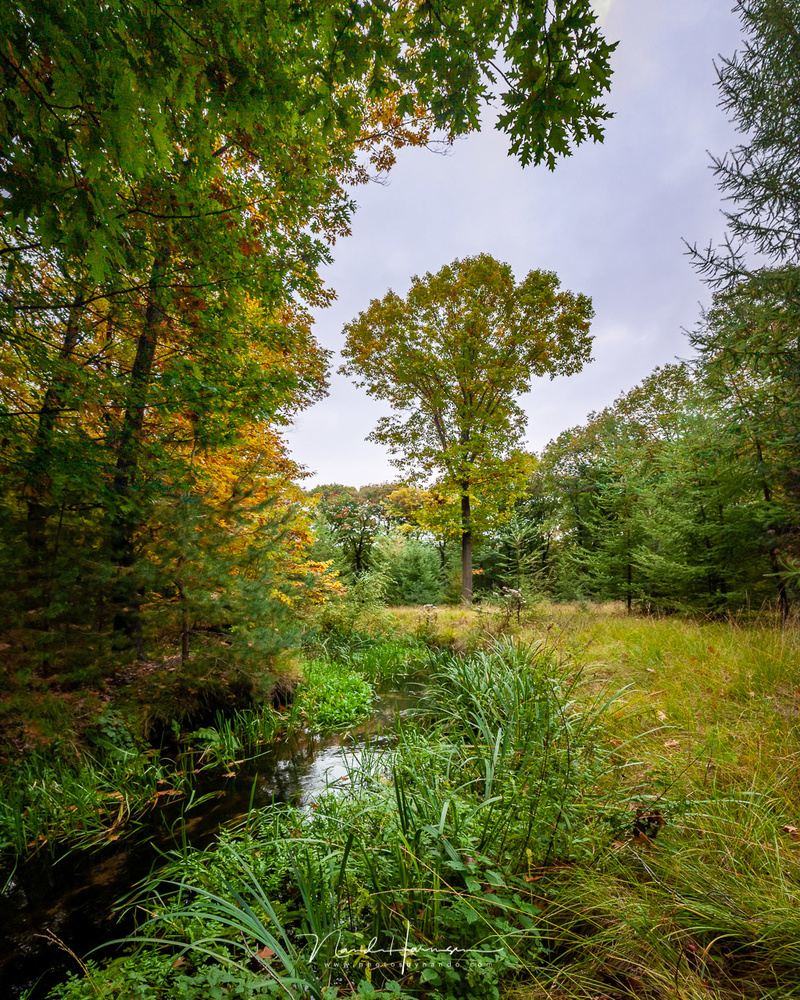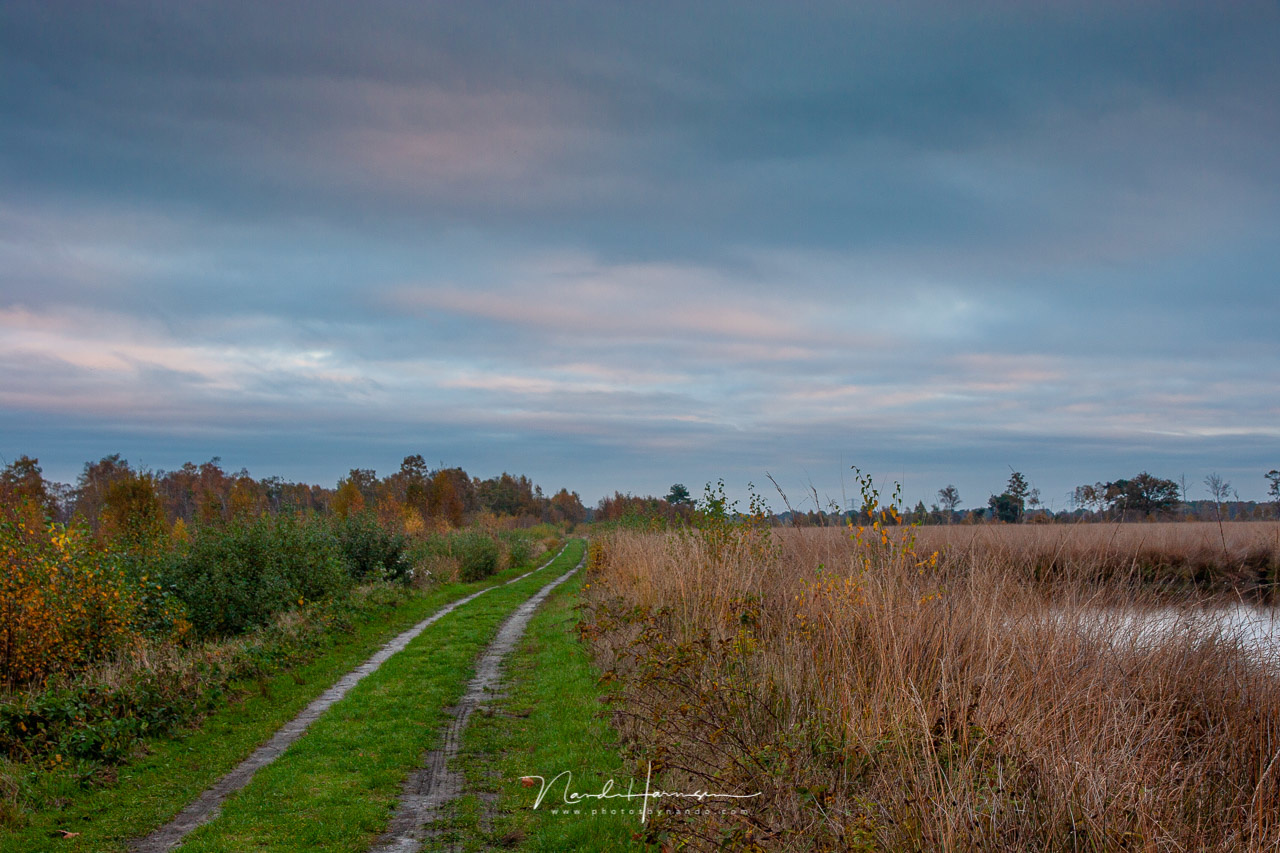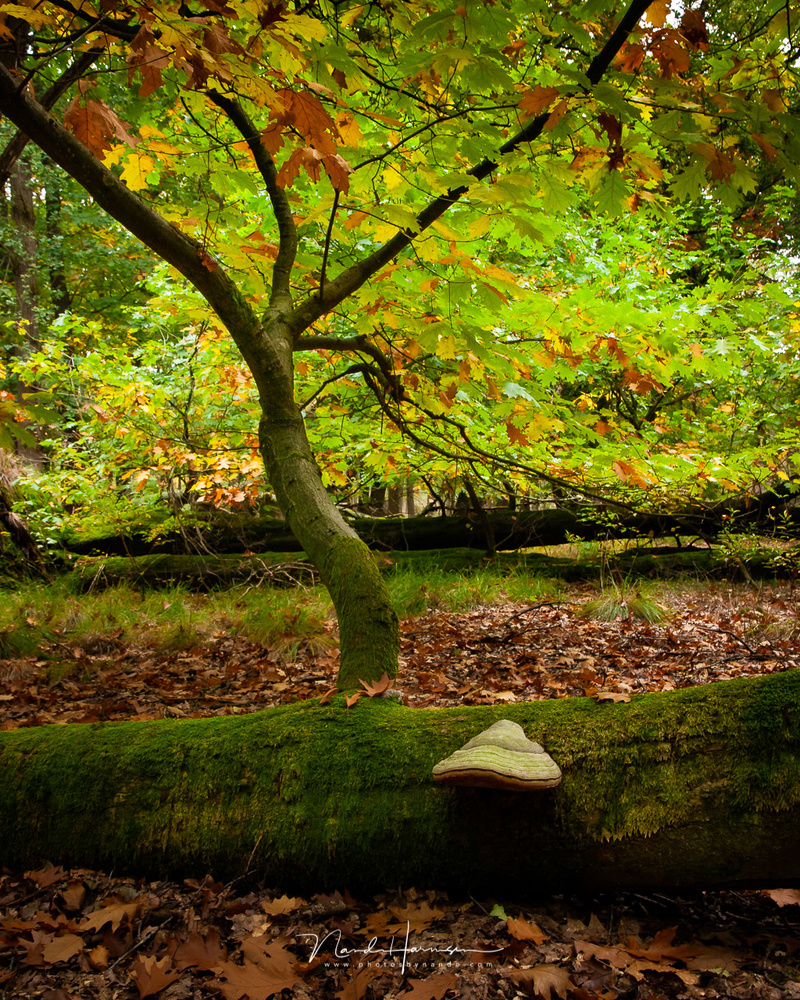I started my digital photography with a Sony compact camera, and after a few years I upgraded to the Canon EOS 20D. I loved this camera and used it shoot many great photos. How does it compare to our modern cameras?
Once I made the decision to sell my analog cameras and lenses. I replaced it with the amazing Sony DSC-F505v, my first digital camera. I don’t know if that was a wise decision, but that doesn’t matter now. A few years later I had the opportunity to replace the Sony for a real digital DSLR camera. After many hours of contemplating, I chose the Nikon D70. It seemed to be the best choice until the salesman gave me the Canon EOS 20D. That was the moment I knew this was the right camera for me. It had the perfect user interface, button layout, and a very convenient rotating dial on the back.
I used this great camera for many years. I used it for landscapes, weddings, concerts, and lots more. I bought lenses, a flashgun, a tripod, and I loved it all. But when I upgraded to the Canon EOS 1D Mark III, the Canon EOS 20D was left in the closet, only to be taken out when I needed a second camera body. After I got a second hand Canon EOS 5D, I removed the battery from the EOS 20D, and forgot about it.
It got a second life for a short while when my girlfriend started photography. She used it for a year, but after she chose a camera of her own, the Canon EOS 20D was never looked at again. Until now.
The Canon EOS 20D After 15 Years
Recently I have been reviewing the Canon EOS R5 and Canon EOS R6. These modern cameras are amazing. They are marvels of technology, with lots of options that make photographing so much easier. When I played with these modern digital cameras I remembered the old digital DSLR that I bought so many years ago.

This is the Canon EOS 20D; the camera I bought in 2005, and used for many years with much enthousiasm
Let's do a little recap. The Canon EOS 20D has a APS-C CMOS sensor with 8.5 million pixels. It was capable of shooting reasonable images with ISO 1,600, and had most of the features that we take for granted today. It has no live view and no film function. The viewfinder had a 95% coverage with a 0.9x magnification. The autofocus worked up to -0.5EV, and there were 9 AF points available. It shot up to 5 frames per second with a buffer for 6 raw files, or 23 JPEGs. It takes almost 13 seconds before the buffer is cleared. The TFT-LCD screen measured 1.8” and had 118,000 pixels. It was an amazing camera, for that time and era.
The Canon EOS 20D Next to the Canon EOS 5D Mark IV
So I took it out of the closet, found the battery, a small 8 GB CF card, and powered it on. That is when I realized how much has changed over the years. I placed it beside my Canon EOS 5D Mark IV and looked at the differences. I know, the comparison is not the most honest one. After all, the Canon EOS 20D has a crop sensor while the Canon EOS 5D Mark IV is full frame camera. They’re different cameras in that regard. Nevertheless, let’s look at the two next to each other.

Two completely different cameras. One with a cropsensor, the other with a full frame sensor. And many generations apart.
1. The LCD Screen
The 1.8” screen is really small compared to the 3” we have nowadays. I found it difficult to read the menu on the Canon EOS 20D and wondered why we ever thought it was a very capable screen size. The resolution makes it possible to see the pixels, and the brightness of the screen falls short compared to the modern ones. There is no live view, no articulating screen, no touchscreen. And to be honest, it is nearly impossible to check the focus of your image.

Perhaps the most striking differences between the two cameras are the screens and the menu. Much has improved since 2005
2. The Button Layout
Canon has managed to keep the overall button layout. Modern DSLR cameras of this type have similar buttons on the left, and the large rotation dial has survived over the years. On the Canon EOS 20D I used the asterisk button as the back button focus. Today the back button focus is a dedicated button.
The size of the modern LCD screens had some impact on the position of the buttons, but if you are used to the layout of the Canon EOS 5D Mark IV, you will have no problem operating the Canon EOS 20D. The newer Canon mirrorless full frame cameras are the first that have a completely different button layout.

Although the Canon EOS 20D is 15 year old, the button layout isn't that much different compared to modern cameras
3. Using the Canon EOS 20D
I looked at the menu of the Canon 20D and remembered how it all started. It is a long list of settings, divided into three colors. It featured a rudimentary custom settings menu to change the behavior of the camera. There was no possibility of changing the function of buttons, except the back button focus setting. The text is small because of the screen size. Canon had a dedicated button to jump between the three groups of settings.
Looking through the viewfinder was surprising too. I felt like looking through a small hole. It is nothing like the large bright viewfinder of the full frame Canon EOS 5D Mark IV. The information inside the viewfinder is limited to the exposure settings, AE lock, and focus confirmation. And I missed the ISO setting, one of the shortcomings of that camera.

The menu of the Canon EOS 20D has all the necessary settings available, but nothing more. It can be consideren very rudimentary. Perhaps even prehistoric, if you like
Pushing the shutter release button is not as smooth as modern cameras. You have to push the button relatively hard in order to take the picture. To be honest, because of this I ended up with lots of camera shake when pressing the shutter release button. You can almost feel the mirror moving, and I remembered how great the mirror lockup function was. You had to dive into the custom function menu to activate it.
Photographing With the Canon EOS 20D and the Results
When I took the camera for some autumn shots, I realized how great this camera still is. It has a good size and weight, even with the battery grip, and photographing with it is fun. I had to use the viewfinder as the only option to see what I was photographing. No live view, no touch screen, just a small viewfinder.

Although there was no dedicated back focus button, it was possible to address the asteriks button for autofocus. This possibility was not commonly known, back in 2005.
The dark forest environment forced me to use ISO 400 and ISO 800 a lot. I had to check the ISO level on the top LCD screen on a regular basis because I missed the ISO information in the viewfinder. I realized how much easier it has become to use a camera nowadays. The large LCD screens have become an important tool in my photography, something I also missed while photographing landscapes with the Canon EOS 20D.
When post-processing the images in Lightroom Classic I was struck by the differences in quality compared with the results from modern sensors. Especially the dynamic range of modern cameras has gained an enormous boost. Even the images that were shot with ISO 100 or ISO 200 showed a lot of noise when shadows were raised. When shooting landscapes with the Canon EOS 20D I was forced to use exposure bracketing more often.

With ISO200 the possibilities for correcting shadows was very limited. I bumped up the shadows nearly 2 stops, but the noise is already very prominent. Quite a difference with modern sensors.
Besides these things, the results were pretty good. You have to take the low resolution into account, but these images are still very useful. I just cannot rely on the dynamic range to rescue dark parts in the image.
What I Have Learned From Photographing With the Canon EOS 20D
I found shooting with a 15-year-old Canon EOS 20D very enlightened. It is amazing how this camera was considered a good one, especially if you compare the options with that of modern cameras. To be honest, it made me realize how wonderful cameras are today. It made me appreciate all the things we take for granted much more.

The screen is really small, and the resolution isn't that great. Back in 2005 this was state of the art. Now it feels very... old.
Not only the modern 3" high-resolution LCD screens are amazing, but also the possibilities that are built into the cameras. Another thing that struck me is the improvements that are made on ergonomics, and the materials that are being used for the camera body. There are many other improvements that make the use of a camera more enjoyable, like a hinged memory card door, and customizable buttons. Also the speed and buffer of the camera are much improved. But most of all, the dynamic range of modern sensors is something we could only dream of back in 2005. Recovering shadows was something to avoid back then. Now it is part of a normal post-processing workflow.
Gallery

Canon EOS 20D with EFs15-85mm @ 15mm - handheld vertical panorama made from four images - ISO200 - f/8 - 1/25 sec
If you have the possibility to use one of the first generations DSLR camera yourself, I definitely can advise you to do so. Unless you are forced to push the boundaries of dynamic range, these cameras will produce great images. At the same time, it will make you appreciate your modern camera even more. I know I did. If you are curious about the Canon EOS 20D, I can advise you to read the review that is still available on dpreview.
What do you think about using such an old camera, and compare it with a similar modern camera? Please leave your opinion in the comment below.
If you're passionate about taking your photography to the next level but aren't sure where to dive in, check out the Well-Rounded Photographer tutorial where you can learn eight different genres of photography in one place. If you purchase it now, or any of our other tutorials, you can save a 15% by using "ARTICLE" at checkout.















My first DSLR was the 30D, which is not much different to the 20D, and I agree completely with the comments made in this essay.
I often go back and re-process some of the raw files I took with the 30D and the results always impress me.
I do prefer my 5D Mk4 though!
Same here... if I would have to choose, the 5D4 is the one...
I actually shoot with the 30D I am looking to upgrade soon. I just need the money. I love it though. Here is a recent picture I took with it.
I LOVE my 20D. I got mine for free with the kit lenses in 2013 and it taught me photography. Sure I had had multiple AE1's etc but because of films limitations I could never experiment to the level I could with essentially a camera that never runs out of film. I actually LEARNED.
In fact the first image of mine to be stolen and widely used all over the internet was taken with my 20D in 2015. Even though I had purchased a A7R and was very interested in landscape and street photography I kept using my 20D.
I have had a just a few more pics stolen from me but none as widely disseminated as that first one with that 20D. I just fired mine up over the weekend after it had sat unused for the last 5 years and yup...I still love it. To me its like riding a bike. Same with my 5D Classic.
One of the things I remember about the 20D was the battery grip. That was a relatively new invention and it was not very tight/solid when screwed into the body.
There was an issue that I had (and others) that when you held the camera in the portrait position if would often "pull away" from the body just enough for the entire camera to lose power and shut down momentarily. This would happen especially if you had an external flash mounted on top. I remember sending it back to Canon a few times and they came out with fixes but it never really was solved.
I never had any issues with that, but I always had a L-bracket on the camera. It was made by Kirk Enterprises and it had an extra mounting point that ensured everything was held together tight. You can see the bracket is a couple of camera portraits
I just stumbled across an old studio photo I took with the 20D and was amazed how good the image quality was for the time.
True, I have moved on from my 20D, but if you have good glass and knows how to handle this body you can create wonders.